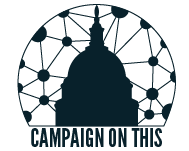A single parent tosses and turns early in the morning, sleeping little from the night before. Anxiety has flooded their mind with doubt as unpaid bills are piling up. Even with a job, the task of supporting the family has not gotten any easier. They lay in bed staring at the ceiling racking their brain for a solution, a plan, anything to make it through another day. For this single parent one of their worst fears is about to come true. They don’t have enough money to feed their kids. For some Americans this is not fiction but reality.
It was estimated in 2012 by the United States Census Bureau that 52.2 Million people were collecting government assistance each month, roughly 21.3% of the population1.. During that year 50% of families led by a female-householder received benefits for at least one month as did 29.5% male-householder families. Government assistance programs provide a safety net for Americans every day. They put food on the table with food stamps, pay medical bills through Medicaid and help the living situations of the 14.8% of population living in poverty. The programs help a variety of people from many different situations. But there is a certain stereotype some Americans have about those who seek government assistance, that they are lazy and may use the money to purchase drugs. Many Americans feel that those who apply for welfare should also be drug tested to make sure they are not taking advantage of government assistance.
There are 15 states that currently have a screening and drug testing process for those who apply for government assistance. Out of those, 9 states have government programs that will help those who fail a drug test with treatment programs, but these programs can be very expensive especially for someone qualifying for welfare. Of those 9, only Georgia and Alabama will give the benefits to the children of those who failed, and these benefits are given by a protective payee that also must pass a drug test. This leaves 6 states that deny benefits to anyone who has failed a drug test.
But not every applicant screened for government support is tested. Many states require applicants to be screened for prior drug use and only be tested if the screen raises enough reasonable cause. Utah, for example, has applicants fill out a written questionnaire that could identify prior or current drug use. In most cases failing to comply and take the drug test after the screening process is recorded as a positive testing for drugs with that person being denied benefits. Arizona was the first state to start drug testing welfare recipients, enacting the legislation in 2011.
Florida in 2011 was one of the only states that required all applicants of Temporary Assistance to Needy Families (TANF) to be tested before receiving benefits. On December 2, 2014 the U.S. Circuit Court of Appeals upheld a ruling on a 2013 Florida case that deemed suspicion-less drug testing for the TANF program unconstitutional. The court cited the 4th Amendment, the right against unreasonable government searches and seizures, as the reason for the ruling2. The state of Florida, according to the ruling, cannot drug test someone who applies for government aid simply because of their financial situation without reasonable cause. This court ruling was a decisive win for those against drug testing welfare recipients, as it proved that testing was a form of discrimination.
Drug testing welfare applicants can costs states large amounts of money and time depending upon how many people they test. According to a report by ThinkProgress in 2015 Missouri had 31,336 welfare applicants, from that amount 293 were tested for drugs after the screening process. Only 38 people tested positive for drug use. The report also states that Missouri spent over $330K on testing and resources to identify 38 people who tested positive for drugs. Oklahoma, for the year of 2015, had over 3,864 welfare applicants screened, with 1,328 asked to take a drug test. Out of 1,328 people only 138 tested positive for drugs, just over 10%. The total cost of testing for Oklahoma was slightly more than $230K for the fiscal year. Kansas from January to September in 2015 had 5,541 welfare applicants screened. From that number 260 people were tested with 66 testing positive for drugs. The ThinkProgress report says that the cost of testing for the state was $97,000. While there are some applicants who tests positive for drugs it is a relatively small percentage, especially in relation to the overall cost of testing. This is state and taxpayer money that could be put into other services to help more people.
There are many Americans who need welfare. Drug testing applicants for government assistance programs could add more shame to those applying for it, which may lead them to not apply. On the other side drug users could lie during their screening out of fear of losing benefits. Which could ultimately cause them to turn down treatment that may break the cycle of needed assistance. However, drug testing has become common in another process, employment. Some Americans feel that if they can be requested to be drug tested by employers to receive employment the idea should be the same for applicants for government assistance.
We have created a certain stigma about those who are on welfare. That they are in their current situation because they would rather spend money on drugs then look for a job. But that is not an accurate depiction of those who collect government assistance according to the data. Data proves that not every welfare applicant is on drugs, in fact, the numbers are pretty low. Some using government aid do have full time jobs, some are single parents and others are supporting those with disabilities. Is it really necessary to test those who apply for government assistance or is it because of the stereotype of those on welfare?
1. 21.3 Percent of U.S. Population Participates in Government Assistance Programs Each Month



